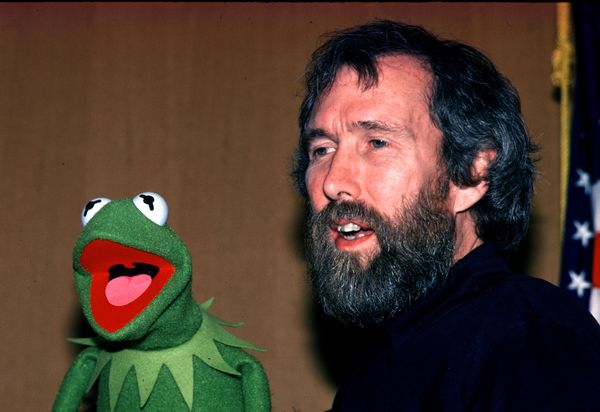In 1962, famed American pollster Gordon Gallup surveyed 1,813 married, white women around the country for a snapshot of contemporary middle-class motherhood. From their responses, some of which were filtered through husbands uncomfortable with their servile spouses speaking publicly, Gallup concluded that housewives enjoyed the plum position in society. Unlike their male counterparts who had to climb steep and rickety career ladders, U.S. housewives, according to Gallup, "know precisely why they're here on Earth," and strive for two clear-cut goals: being a satisfactory wife and a laudable mother [source: Coontz].
It isn't exactly a spoiler alert to say Gallup's assessment missed the mark. As Betty Friedan would soon after describe in her 1963 book "The Feminine Mystique" as "the problem with no name," being a housewife in the 1960s was beginning to lose its luster like a tarnishing tea service. Contrary to the notion of the 1950s and 1960s as the apex of the American at-home mother, serving as the domestic goddess already was seen widely as an adjunct facet of women's lives rather than its sole purpose. By that time, psychologists and social critics had begun chastising at-home mothers for wasting away in suburbia, coddling their adolescent "baby boomers" with so much maternal affection. But women had yet to toss off their aprons and march out of their kitchens en masse when Gallup began knocking door to door.
Advertisement
That major transition from at-home to at-work mothers that escalated with Friedan and second wave feminism in the 1960s and 1970s certainly altered domestic dynamics. In 1960, for instance, 27.6 percent of married mothers with school-aged children held jobs; that number had skyrocketed to 70.8 percent by 2010 [sources: Alger and Crowley, U.S. Bureau of Labor Statistics]. In addition to modern women juggling work and motherhood, the demographics of who is joining the new mom ranks -- and when -- has also changed considerably in recent decades. According to the Pew Research Center, in 2008, women over 35 years old with at least some college education made up a greater proportion of the American mothering population than they did in 1990 [source: Livingston and Cohn]. And while briefcases have become the common mom carry-all, wedding bands have fallen by the wayside: As of 2012, a majority of women under 30 years old who are having babies are doing so outside of marriage [source: DeParle and Tavernise].
However, there is one facet of American motherhood that largely has remained unchanged over the past 200 years. Though the constructs, demographics and social values of mothers in the United States have constantly evolved within a larger cultural history of women, since the late 1700s, moms have been regarded as the gatekeepers of the nation's future health and promise.
Advertisement








